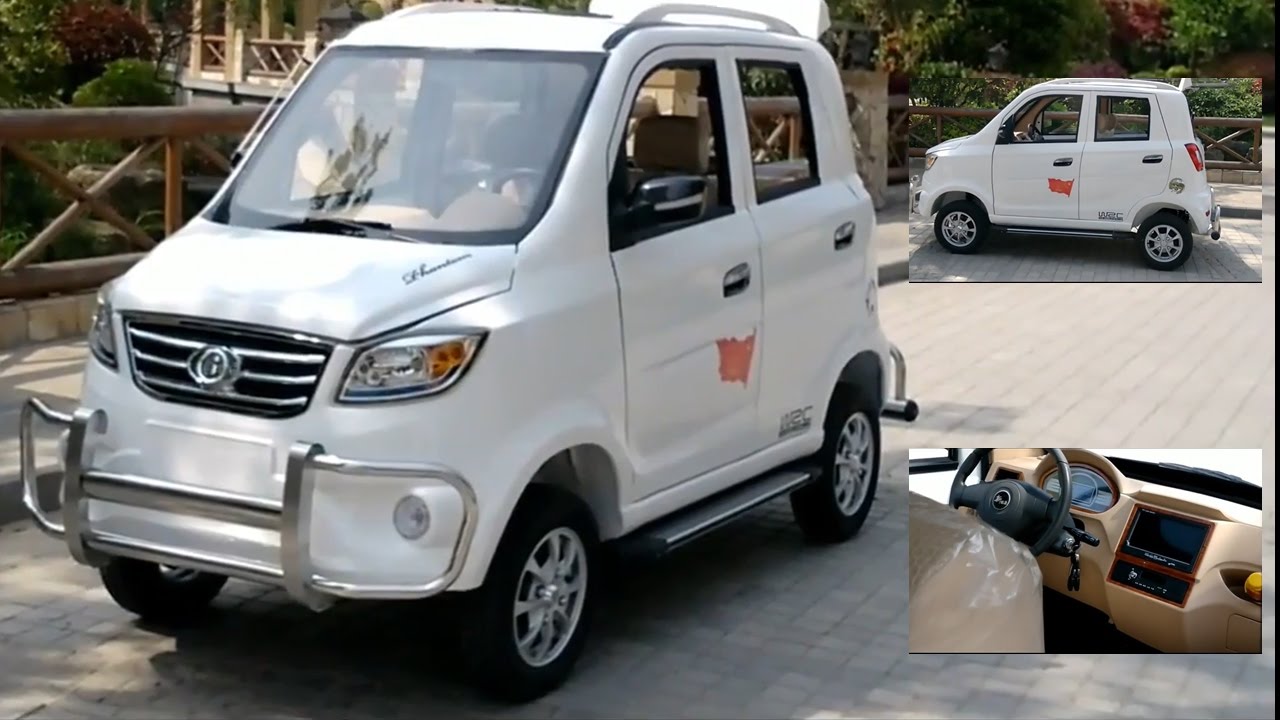3D-printed electronic vehicles
March 19, 2018 | Expert Insights

X Electrical Vehicle’s LSEV, which will hit markets in 2019, will be the first mass-produced 3D printed electronic car in the world. The cars will be manufactured in China, where the government has encouraged the development of New Energy Vehicles. A number of global players such as Volkswagen, Ford, and Renault-Nissan have announced joint ventures in electric vehicles in China.
Background
3D printing is a form of additive manufacturing, which uses layering to create 3D objects. The first fully functional model of a 3D printer was created in 1984 by Charles Hull. Today, 3D printing has been used to create everything from smartphone accessories to human tissue.
The first practical electric car was built in the UK in 1884 by Thomas Parker. However in the 20th century, gasoline vehicles saw a boom in popularity, as they were much cheaper. It was only after 2008, that the market for electric vehicles started growing. This was primarily due to concerns over growing oil prices and the environment. Modern electric cars run on rechargeable batteries and are propelled by electronic motors, not traditional combustible engines.
Electronic vehicles have been lauded as a green and efficient alternative to combustion-engine automobiles. However, how “green” these cars really are depends on the source of electricity. Electricity produced by coal, for example, results in a much larger carbon footprint than electricity produced by wind. Additionally, lithium-ion batteries commonly used by these vehicles are often toxic and difficult to dispose. Critics have also pointed out that public transportation, cycling, or walking are greener options than electric cars.
Ten years ago, the market for electronic cars was close to non-existent. The sales of electric cars rose to 2 million in 2016. According to research released in December 2017, the costs of owning and running electric cars have begun to fall, even as investment in electronic vehicles has increased. According a report in Reuters, the investment made on electric vehicles by global companies now amounts to $90 billion overall.
According to the Financial Times, venture capitalists have invested $1 billion into batteries since January this year. There has been an increase in investments for the development of non-lithium-ion batteries by automobile manufacturers as well. These investments are an indication of growing interest in New Energy Vehicles (NEV). Current lithium-ion batteries have limited energy storage capacity.

Analysis
X Electrical Vehicle has stated that its 3D-printed electrical cars will be released in the latter half of 2019.
The “LSEV” will weigh 450 kilograms, carry two people, and run at up to 70 kilometres per hour. It has a range of 150 kilometres and will be priced at approximately $9,500. Besides windows, tyres, and chassis, the car will be made entirely from nylon (polyamide), and produced by a 3D printer.
The company is manufacturing the LSEV in China, which is the biggest market for electrical cars, according to Guo Xiaozheng, a senior member at XEV. According to the South China Morning Post, the company claimed that it has already received upwards of 7,000 orders. “Talks with several mainland industrial zones to set up production lines are now at a late stage,” he said.
“We will target both the business and customer markets,” Guo said. “Production costs can be slashed further as volume increases and by 2024, the total costs for our cars will be cut by half.”
Chinese markets, the largest automobile markets in the world, have seen an increase in electronic and hybrid cars in recent years. In 2014, Beijing began pushing NEV as alternatives to petroleum automobiles. The government’s subsidies for electronic vehicles in 2016 were worth approximately $15,000 per vehicle, according to the Financial Times. The sale of these vehicles increased by 53% the same year. In September 2017, the state released a credit-score program linked to electronic cars, according to which automobile manufacturers must acquire a “NEV score” of at least 10% by 2019. The country has also invested in electronic vehicles charging stations.
The United Kingdom and France implemented similar measures to curb air pollution, the former announcing that it would be banning diesel and petrol cars and vans by 2040, and the latter by 2030. Companies such as Volkswagen, Renault-Nissan, and Toyota have introduced incentive schemes for UK citizens to buy electric cars. Globally, the sales of electric vehicles have more than doubled since 2014.
Assessment
Our assessment is that electronic cars are an effective alternative to traditional automobiles. As cities across the world struggle to combat air pollution, electric cars will help phase out cars dependant on fossil fuels. However, there needs to be more research in order to address issues such as battery power and particle pollution. Additionally, electric cars require investment in infrastructure, which is difficult for countries such as India. We believe that 3D printing may help offset the cost of lithium batteries, which in turn, may encourage consumers to adopt electric vehicles.








Comments